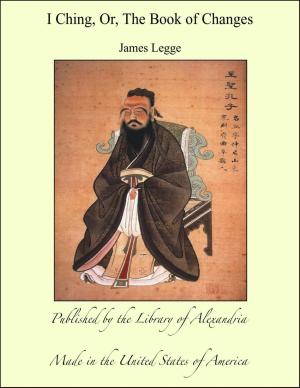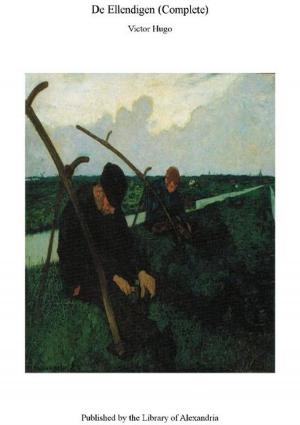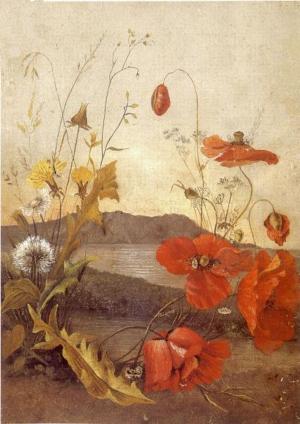Gleanings in Buddha-Fields Studies Of Hand And Soul In The Far East
Nonfiction, Religion & Spirituality, New Age, History, Fiction & Literature| Author: | Lafcadio Hearn | ISBN: | 9781465578068 |
| Publisher: | Library of Alexandria | Publication: | March 8, 2015 |
| Imprint: | Language: | English |
| Author: | Lafcadio Hearn |
| ISBN: | 9781465578068 |
| Publisher: | Library of Alexandria |
| Publication: | March 8, 2015 |
| Imprint: | |
| Language: | English |
OF whatever dimension, the temples or shrines of pure Shintô are all built in the same archaic style. The typical shrine is a windowless oblong building of unpainted timber, with a very steep overhanging roof; the front is the gable end; and the upper part of the perpetually closed doors is wooden latticework,—usually a grating of bars closely set and crossing each other at right angles. In most cases the structure is raised slightly above the ground on wooden pillars; and the queer peaked facade, with its visor-like apertures and the fantastic projections of beam-work above its gable-angle, might remind the European traveler of certain old Gothic forms of dormer. There is no artificial color. The plain wood[1] soon turns, under the action of rain and sun, to a natural grey, varying according to surface exposure from the silvery tone of birch bark to the sombre grey of basalt. So shaped and so tinted, the isolated country yashiro may seem less like a work of joinery than a feature of the scenery,—a rural form related to nature as closely as rocks and trees,—a something that came into existence only as a manifestation of Ohotsuchi-no-Kami, the Earth-god, the primeval divinity of the land.
OF whatever dimension, the temples or shrines of pure Shintô are all built in the same archaic style. The typical shrine is a windowless oblong building of unpainted timber, with a very steep overhanging roof; the front is the gable end; and the upper part of the perpetually closed doors is wooden latticework,—usually a grating of bars closely set and crossing each other at right angles. In most cases the structure is raised slightly above the ground on wooden pillars; and the queer peaked facade, with its visor-like apertures and the fantastic projections of beam-work above its gable-angle, might remind the European traveler of certain old Gothic forms of dormer. There is no artificial color. The plain wood[1] soon turns, under the action of rain and sun, to a natural grey, varying according to surface exposure from the silvery tone of birch bark to the sombre grey of basalt. So shaped and so tinted, the isolated country yashiro may seem less like a work of joinery than a feature of the scenery,—a rural form related to nature as closely as rocks and trees,—a something that came into existence only as a manifestation of Ohotsuchi-no-Kami, the Earth-god, the primeval divinity of the land.















